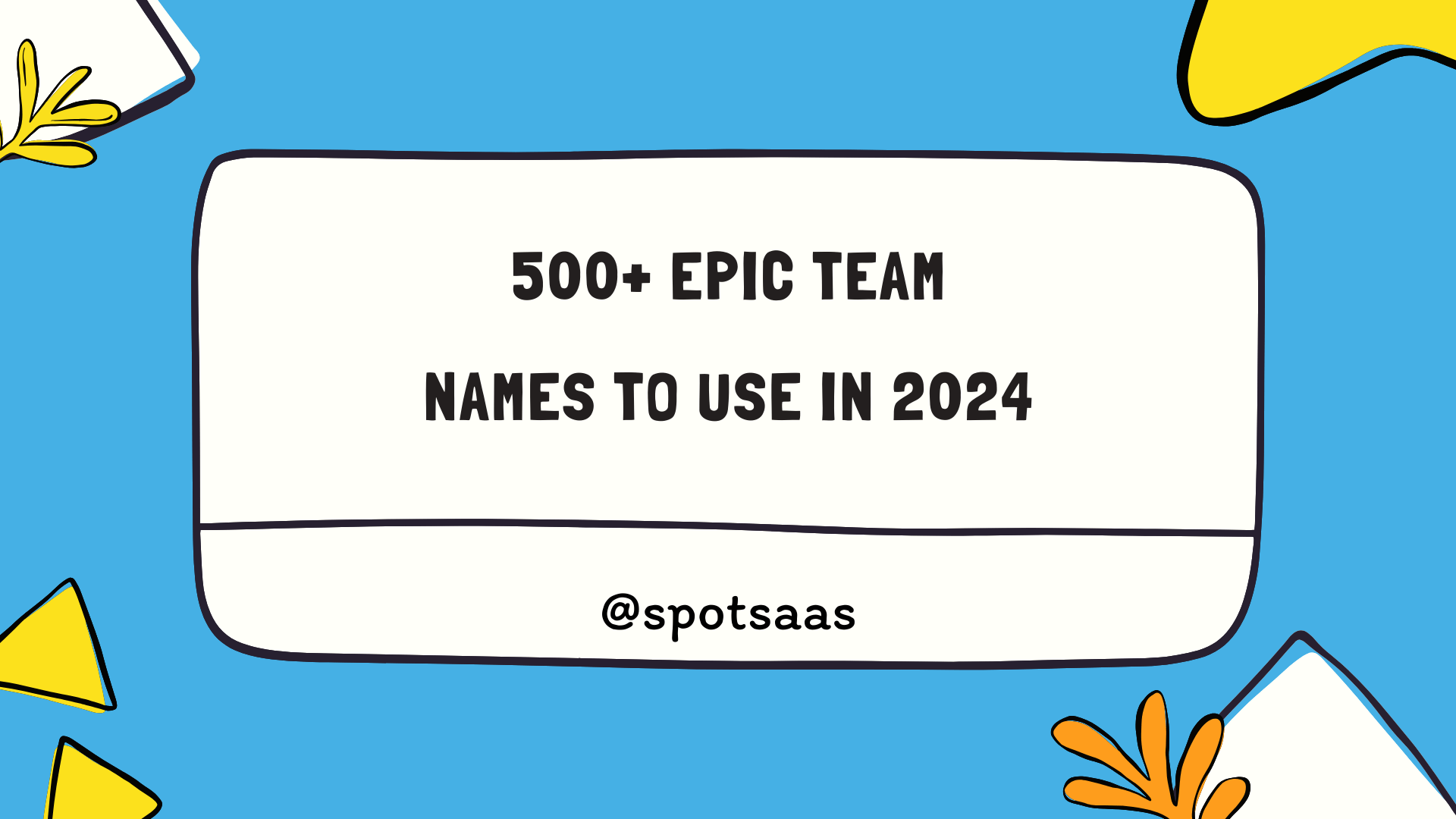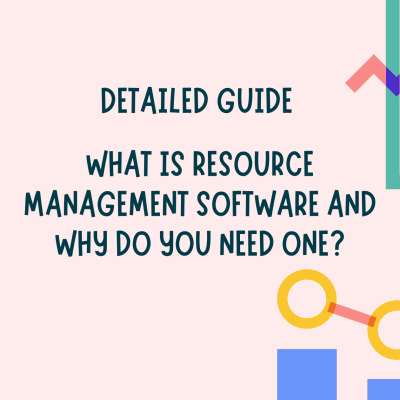Managing Your IT Portfolio: A Basic Guide
Do you ever feel like you’re wrestling with your IT investments, trying to wring out every bit of value? You’re in good company – many are on this challenging journey.
This guide is here to lend a hand by demystifying the process and offering tangible strategies for tracking and optimizing your tech assets’ worth.
Key Takeaways
- IT Portfolio Management (ITPM) is a strategic approach that organizations use to manage their IT investments, ensuring maximum value and alignment with business objectives.
- Implementing an ITPM system brings numerous benefits, including improved decision-making, better budgeting and resource allocation, and increased visibility and control over IT investments.
- To successfully implement an ITPM system, organizations should establish clear goals and objectives for managing their IT projects, analyze the project portfolio for value and alignment with strategic objectives, effectively manage projects within the portfolio, and utilize project portfolio management software for efficient tracking and decision-making.
What is IT Portfolio Management (ITPM)?
IT Portfolio Management (ITPM) is a strategic approach that organizations use to manage their IT investments. It involves evaluating, prioritizing, and optimizing the portfolio of IT projects and initiatives to align with the organization’s business objectives.
Definition and purpose
IT portfolio management is a careful, strategic approach to organizing and managing all of an organization’s IT resources—hardware, software, staff, budget—to meet business objectives.
Its purpose? To ensure that every single IT resource delivers maximum value while aligned with the overall business strategy. This allows for informed decision making when it comes to investment in technology projects.
More than just about saving costs or increasing efficiency, effective IT portfolio management plays a critical role in risk management and governance as well.
Benefits of implementing an ITPM system
Implementing an ITPM system brings numerous benefits, including improved decision making, better budgeting and resource allocation, and increased visibility and control. Find out how you can leverage these advantages to streamline your IT portfolio management process.
Read more now!
Improved decision making
Harnessing the power of IT portfolio management significantly improves decision making. Real-time data and analytics provided by this process offer me a clear picture of every project within my portfolio.
This comprehensive insight allows for better prioritization, allocation of resources, risk assessment, and strategic alignment with business objectives. Consequently, I can make confident decisions that maximize ROI and boost our bottom line.
From choosing to invest in innovative technology to tackling urgent issues in ongoing projects, enhanced decision-making capabilities ensure consistent progress towards our goals without unwanted surprises or setbacks.
Better budgeting and resource allocation
Optimizing your IT portfolio goes hand in hand with better budgeting and resource allocation. Implementing a sound IT Portfolio Management (ITPM) system allows an organization to track its current investments, identify inefficiencies, and establish a solid plan for future expenditures.
Instead of taking wild guesses or making hasty decisions under pressure, you can rely on data-backed insights delivered by ITPM to prioritize projects and distribute resources wisely.
This empowers the organization to maximize value while minimizing waste, ensuring every dollar is spent where it will bring the most benefit. With active management of IT budgets, we can avoid overspending on low-impact projects and channel investments towards strategic initiatives that align with business objectives.
Increased visibility and control
Implementing an IT portfolio management system provides organizations with increased visibility and control over their IT investments. By establishing a structured process for analyzing and evaluating projects, businesses can gain a comprehensive view of their IT portfolio.
This enhanced visibility allows decision-makers to prioritize projects based on strategic objectives, allocate resources effectively, and ensure that investments align with the overall business strategy.
With improved control, organizations can proactively manage risks, optimize resource allocation, and make informed decisions to maximize the value of their IT portfolio. By centralizing processes and budgets through project portfolio management practices, businesses can achieve greater transparency and oversight across departments.
How to Implement an ITPM System
To successfully implement an ITPM system, follow these key steps: establish a clear strategy for your IT portfolio management process, analyze your project portfolio to determine value and alignment with strategic objectives, effectively manage projects within the portfolio, and utilize project portfolio management software for efficient tracking and decision-making.
Steps to follow
To implement an ITPM system, there are several steps that organizations can follow:
- Define your IT portfolio management goals and objectives.
- Establish a clear strategy for managing your IT projects and investments.
- Analyze your project portfolio to determine its alignment with strategic objectives.
- Develop a governance framework to ensure effective decision making and oversight.
- Implement risk management processes to identify and mitigate potential risks.
- Allocate resources efficiently based on the priorities of your IT portfolio.
- Regularly monitor and evaluate the performance of your IT projects.
- Use project portfolio management software to streamline processes and enhance visibility.
Best practices for successful implementation
To ensure successful implementation of IT portfolio management, there are several best practices that organizations can follow. First, it is important to establish clear goals and objectives for implementing the system.
This includes defining what you hope to achieve with IT portfolio management and how it aligns with your overall business strategy. Secondly, effective governance is essential. This involves establishing a structure that defines roles and responsibilities, ensuring accountability throughout the process.
Another best practice is to conduct thorough project portfolio analysis. This involves assessing each project in your IT portfolio based on its value, risk, and alignment with strategic objectives.
By analyzing the strengths and weaknesses of each project, you can make informed decisions about resource allocation.
Additionally, ongoing monitoring and evaluation are crucial for success. Regularly reviewing the performance of projects in the IT portfolio will allow you to identify any issues or areas for improvement.
Differences between ITPM and other project portfolio management methods
ITPM differs from other project portfolio management methods in its focus on managing the entire IT portfolio rather than just individual projects. While project portfolio management assesses and prioritizes projects based on their value and alignment with strategic objectives, ITPM takes a broader approach by considering all IT investments and assets within an organization.
This includes not only projects, but also technologies, applications, systems, and resources. By looking at the bigger picture of the IT landscape, ITPM allows for better decision making, resource allocation, and risk management across the entire IT portfolio.
Comparison to project portfolio management
Project portfolio management (PPM) differs from IT portfolio management (ITPM) in several key ways. PPM is broader in scope and involves the management of all projects within an organization, while ITPM focuses specifically on the IT initiatives. Here’s a simple breakdown of their differences.
| Project Portfolio Management (PPM) | IT Portfolio Management (ITPM) | |
|---|---|---|
| Scope | PPM covers all projects within an organization. | ITPM focuses exclusively on IT projects and initiatives. |
| Strategy | PPM aligns projects with business strategies to maximize value. | ITPM aligns IT projects and investments with business strategies to deliver IT value. |
| Governance | PPM involves governance across all projects. | ITPM requires specialized governance for IT projects. |
| Tools | PPM uses tools like ProjectManager to manage project portfolios. | ITPM has specialized tools designed for managing IT portfolios. |
| Risk Management | PPM rests on a broad risk management strategy across all projects. | ITPM emphasizes a more specialized risk management approach for IT initiatives. |
| Resource Allocation | PPM involves centralization of resources across departments. | ITPM focuses on centralizing technology and budgets specific to IT projects. |
Keep in mind that while both PPM and ITPM aim to align projects with business strategies and deliver value, they achieve these goals through different processes and focus areas.
Comparison to program management and project management
IT portfolio management differs fundamentally from program management and project management. Here’s a quick run-down on how they differ.
| Management Type | Focus | Responsibilities | Outcome |
|---|---|---|---|
| IT Portfolio Management | Oversees all IT investments and ensures they align with organizational strategies. Centralizes processes, technology, and budgets across departments. | Measuring and monitoring the value of IT investments. Allocating resources effectively. Utilizes tools like ProjectManager for successful IT portfolio management. | Maximization of the value of IT investments. Better budget allocation and enhanced decision-making processes. |
| Program Management | Covers the management of several related projects. Strives for improving performance and achieving benefits that are of strategic relevance. | Managing multiple projects that are typically interconnected. Must ensure all projects are completed on time, within budget, and meet the organization’s strategic objectives. | Successful completion of all individual projects. Improved organizational performance and strategic benefits realization. |
| Project Management | Centers on the planning and execution of individual projects. Ensures projects are delivered on time and within budget. | Overseeing and managing all aspects of a single project. Includes planning, executing, and closing projects, while managing time, cost, and scope. | Successful delivery of individual projects. Maximization of resources and achievement of project goals. |
As you can see, while IT portfolio management, program management, and project management all have similarities, they each have distinct roles and responsibilities within an organization. Recognizing these differences is key to choosing the right method for your organization’s needs.
Conclusion
In conclusion, “Managing Your IT Portfolio: A Basic Guide” is an essential resource for organizations looking to optimize their IT investments. By implementing an IT portfolio management system and following best practices, businesses can improve decision-making, allocate resources effectively, and gain better control over their projects.
With the right strategies in place, organizations can maximize the value of their IT portfolios and drive success in today’s rapidly evolving digital landscape.
FAQs
1. What is an IT portfolio?
An IT portfolio refers to the collection of all the information technology projects, assets, and resources that an organization owns or manages.
2. Why is managing an IT portfolio important?
Managing an IT portfolio is important as it helps organizations prioritize and align their IT investments with their business goals, optimize resource allocation, and ensure effective project management.
3. How do I assess the value of projects in my IT portfolio?
To assess the value of projects in your IT portfolio, consider factors such as strategic alignment with business objectives,
potential return on investment (ROI), resource requirements, risks involved, and potential impact on overall organizational performance.
4. What are some common challenges in managing an IT portfolio?
Common challenges in managing an IT portfolio include balancing competing priorities,
managing limited resources effectively,
keeping up with rapidly changing technology trends,
and ensuring clear communication among various stakeholders involved.
5. Can a small organization benefit from managing its own IT portfolio?
Yes, even small organizations can benefit from managing their own
IT portfolios.
It can help them make informed decisions about project investments,
optimize resource usage,
and align their technological capabilities with their business strategies.




